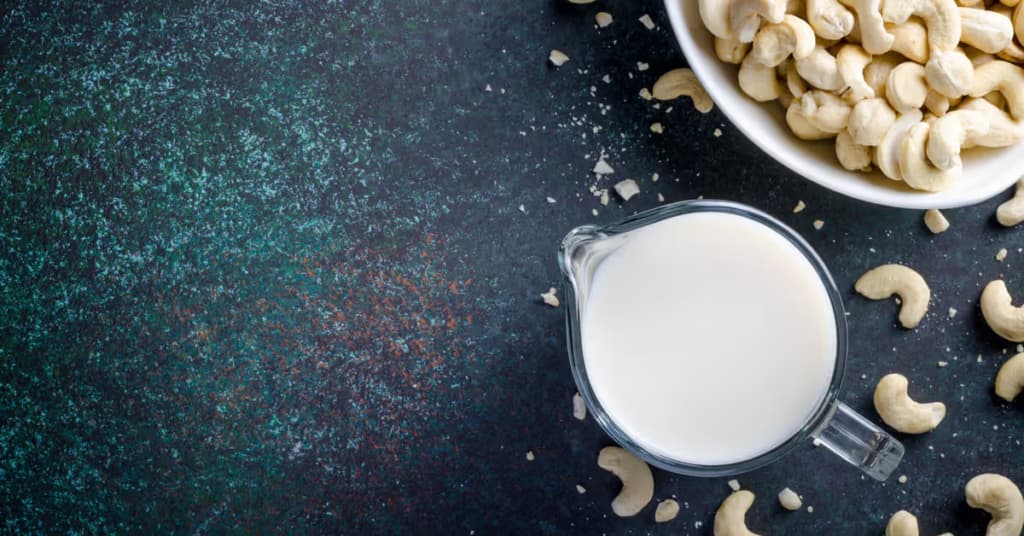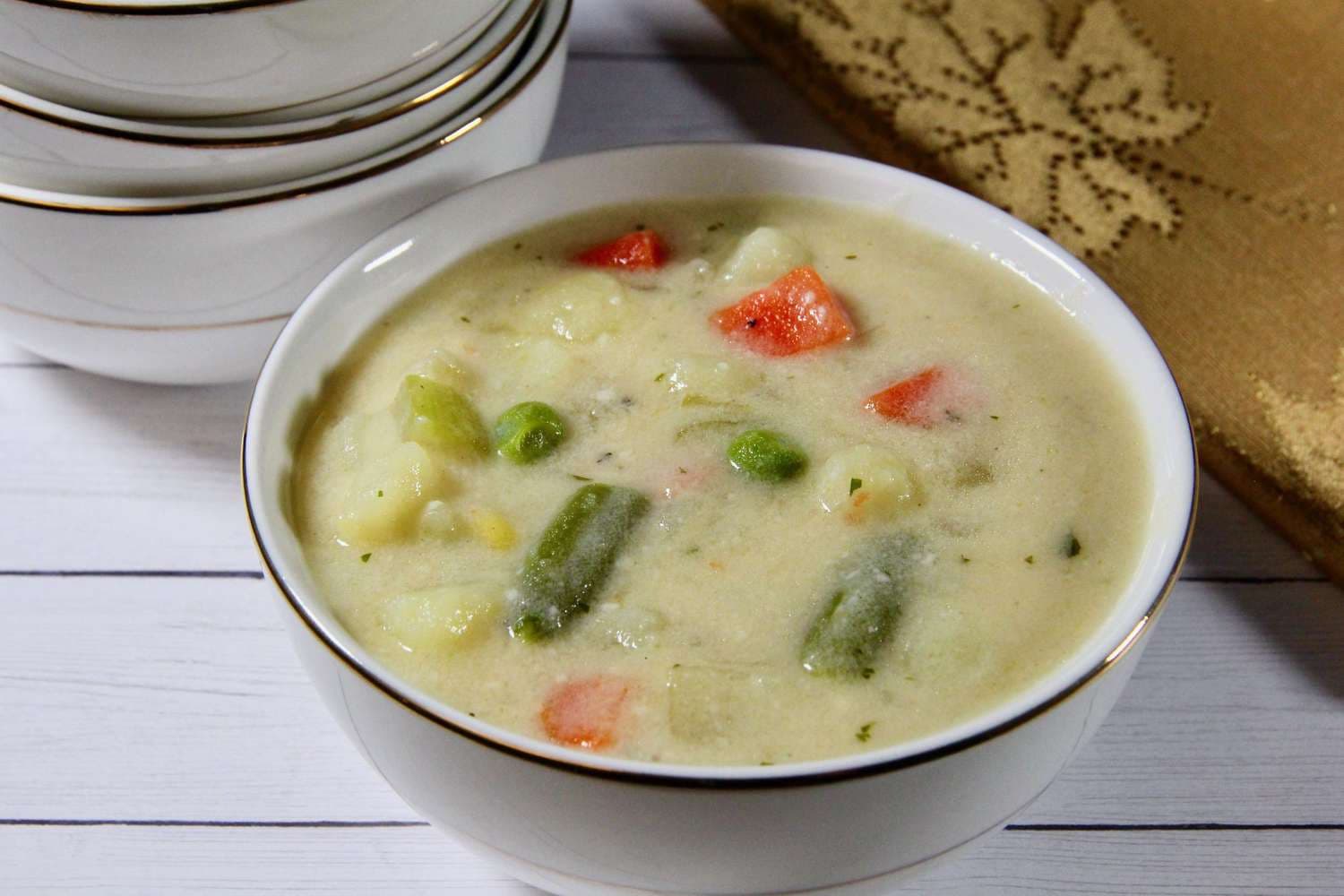Introduction
The Victoria Sponge Loaf: a classic, timeless, and utterly delightful treat that has graced British afternoon tea tables for centuries. This elegant yet simple cake, named after Queen Victoria, epitomizes the quintessence of English teatime comfort. Its light, buttery texture, combined with the sweet filling, makes every bite of the Victoria Sponge Loaf a heavenly experience. Today, we delve deep into the world of baking to bring you a foolproof recipe and essential tips for crafting the perfect Victoria Sponge Loaf.
Ingredients
| Ingredient | Quantity |
|---|---|
| Self-raising flour | 200g |
| Caster sugar | 200g |
| Unsalted butter | 200g (softened) |
| Large eggs | 4 |
| Baking powder | 1 tsp |
| Milk | 2 tbsp |
| Vanilla extract | 1 tsp |
| Strawberry or raspberry jam | As needed |
| Powdered sugar | For dusting |
Self-raising Flour (200g)
Self-raising flour, weighing 200g, serves as the primary dry ingredient in the classic Victoria Sponge Cake. Here are some key points about self-raising flour:
- It contains a leavening agent, usually baking powder, which facilitates the rising of the cake during baking;
- Ensuring the flour is fresh and sifted helps to eliminate any lumps and ensures a smooth texture in the cake batter;
- This ingredient is essential for achieving the light and fluffy texture characteristic of a Victoria sponge cake.
Caster Sugar (200g)
Caster sugar, weighing 200g, plays a crucial role in sweetening the sponge cake batter. Consider the following details:
- Caster sugar, also known as superfine sugar, has a finer texture compared to granulated sugar, allowing it to dissolve more readily;
- Creaming caster sugar with softened butter helps to aerate the mixture, resulting in a light and airy texture in the cake;
- The fine texture of caster sugar contributes to a smoother consistency in the batter, ultimately enhancing the overall quality of the cake.
Unsalted Butter (200g, softened)
Unsalted butter, softened and measured at 200g, serves as a fundamental ingredient in the Victoria sponge cake recipe. Here’s why it’s essential:
- Softened unsalted butter provides richness and moisture to the cake, contributing to its tender crumb;
- Creaming softened butter with caster sugar creates a light and fluffy texture in the batter, ensuring a soft and delicate sponge;
- Using unsalted butter allows for better control over the salt content in the recipe, resulting in a balanced flavor profile.
Large Eggs (4)
Large eggs, totaling four in quantity, are crucial for providing structure and moisture to the Victoria sponge cake. Consider the following points:
- Eggs act as a binding agent, helping to hold the cake together and provide stability to its structure;
- Incorporating room temperature eggs into the batter ensures even mixing and contributes to a smoother texture in the finished cake;
- The proteins and fats in eggs contribute to the richness and tenderness of the cake, resulting in a moist and flavorful dessert.
Baking Powder (1 tsp)
Baking powder, measured at 1 teaspoon, serves as the leavening agent in the Victoria sponge cake recipe. Here’s why it’s important:
- Baking powder reacts with other ingredients in the batter to produce carbon dioxide gas, which helps the cake rise and achieve a light and airy texture;
- Ensuring the baking powder is fresh and evenly distributed throughout the flour is crucial for uniform rising during baking;
- This ingredient plays a key role in achieving the desired volume and texture in the finished cake.
Milk (2 tbsp)
Milk, measured at 2 tablespoons, adds moisture and richness to the Victoria sponge cake batter. Here’s how it contributes to the recipe:
- Milk helps to create a tender crumb and ensures that the cake remains moist and flavorful;
- Whole milk is preferred for its richer texture, but low-fat milk can also be used as an alternative;
- Incorporating milk into the batter enhances the overall quality of the cake, resulting in a deliciously moist and satisfying dessert.
Vanilla Extract (1 tsp):
Vanilla extract, measured at 1 teaspoon, enhances the flavor profile of the Victoria sponge cake. Here’s why it’s included:
- Vanilla extract adds a warm and aromatic note to the batter, complementing the sweetness of the cake;
- Using pure vanilla extract ensures the best flavor and aroma, contributing to a delightful sensory experience;
- The addition of vanilla extract elevates the overall taste of the cake, making it a truly indulgent treat for any occasion.
Strawberry or Raspberry Jam:
Strawberry or raspberry jam serves as a traditional filling for Victoria sponge cakes, adding sweetness and fruity flavor. Here’s why it’s a staple component:
- The jam provides a burst of flavor and moisture, complementing the light and airy texture of the cake;
- Choosing a high-quality jam ensures the best taste and texture, enhancing the overall enjoyment of the dessert;
- Whether using strawberry or raspberry jam, this filling adds a delightful twist to the classic Victoria sponge cake recipe.
Powdered Sugar (For Dusting)
Powdered sugar is used to dust the top of the Victoria sponge cake, adding a decorative touch and a hint of sweetness. Here’s how it completes the dessert:
- Sifting powdered sugar over the cake just before serving creates a professional-looking finish, enhancing its visual appeal;
- The addition of powdered sugar adds a touch of sweetness to each bite, complementing the other flavors in the cake;
- This final step elevates the presentation of the Victoria sponge cake, making it a visually stunning and delicious dessert option for any occasion.
Method

It’s essential to understand the meticulous steps involved in creating this classic treat. With attention to detail and a touch of creativity, you’ll soon be savoring the sweet rewards of your baking endeavors.
Preparation
Before diving into the baking process, thorough preparation is key to achieving a successful Victoria Sponge Loaf. Follow these detailed steps to ensure your baking endeavor starts off on the right foot:
- Begin by preheating your oven to 180°C (160°C fan)/Gas 4. Preheating is essential as it allows the oven to reach the desired temperature before placing the cake inside, ensuring even baking;
- Next, prepare your loaf tin by greasing it with butter or cooking spray and lining it with baking parchment. This step prevents the cake from sticking to the tin, making it easier to remove once baked.
Creaming Butter and Sugar
The creaming method is a fundamental technique in baking, especially for achieving light and airy cakes like the Victoria Sponge Loaf. Follow these detailed instructions to master the creaming process:
- In a large mixing bowl, place 200g of softened butter and 200g of caster sugar. It’s crucial to use softened butter to ensure easy incorporation with the sugar;
- Using either a stand mixer fitted with the paddle attachment or a handheld electric mixer, beat the butter and sugar together on medium-high speed until the mixture becomes pale and fluffy. This usually takes around 3-5 minutes, depending on the temperature of the butter and the power of your mixer.
Adding Eggs
Incorporating eggs into the creamed butter and sugar mixture is a critical step that requires precision and attention to detail. Follow these detailed steps to ensure your eggs are added correctly:
- Crack 4 medium-sized eggs into a separate bowl, one at a time, ensuring each egg is fresh and free from any shell fragments;
- With the mixer running on low speed, add the eggs to the creamed mixture, one at a time, allowing each egg to fully incorporate before adding the next. This gradual addition ensures proper emulsification and prevents the mixture from curdling.
Sifting Flour and Baking Powder
Sifting the dry ingredients is essential for removing any lumps and aerating the flour, resulting in a lighter and fluffier cake texture. Follow these detailed steps to sift the flour and baking powder:
- Measure out 200g of self-raising flour and 1 teaspoon of baking powder and place them in a fine-mesh sieve set over a clean bowl;
- Gently tap or shake the sieve to sift the flour and baking powder into the bowl below. This process helps break up any clumps and ensures an even distribution of leavening agents throughout the batter.
Final Touches
The final steps involve adding the remaining ingredients and preparing the batter for baking. Here’s how to finish off your Victoria Sponge Loaf batter with finesse:
- Gently fold the sifted flour and baking powder into the creamed mixture using a spatula or wooden spoon. Be careful not to overmix, as this can lead to a dense and tough cake;
- Once the flour is fully incorporated, add 2 tablespoons of milk and 1 teaspoon of vanilla extract to the batter. These ingredients add moisture and flavor to the cake, enhancing its overall taste and texture;
- Stir the milk and vanilla extract into the batter until just combined, being careful not to overmix. The batter should have a dropping consistency, meaning it falls off the spoon easily when lifted;
- Pour the prepared batter into the lined loaf tin, spreading it evenly with a spatula to ensure even baking. Tap the tin lightly on the countertop to remove any air bubbles trapped in the batter;
- Place the tin in the preheated oven and bake the Victoria Sponge Loaf for 45-50 minutes, or until it is golden brown and a skewer inserted into the center comes out clean;
- Once baked, remove the cake from the oven and let it cool in the tin for 10 minutes before transferring it to a wire rack to cool completely;
- Once cooled, carefully slice the loaf horizontally and spread your preferred jam on the bottom layer. Sandwich with the top layer and dust the loaf with powdered sugar for a finishing touch.
Tips for the Perfect Victoria Sponge Loaf

Achieving perfection in your Victoria Sponge Loaf requires attention to detail and adherence to essential baking principles. Here are some invaluable tips to ensure your loaf turns out flawlessly:
Ingredient Temperatures
Achieving the perfect texture and consistency in your Victoria Sponge Loaf begins with ensuring that your ingredients are at the right temperature. Follow these tips to optimize ingredient temperatures:
- Allow butter and eggs to come to room temperature before using them in your recipe. Room temperature ingredients blend more easily and result in a smoother batter;
- To bring eggs to room temperature quickly, place them in a bowl of lukewarm water for about 10-15 minutes;
- Soften butter by leaving it at room temperature for approximately 30-60 minutes before baking. Alternatively, you can gently microwave it in short intervals, being careful not to melt it.
Measuring Accurately
Precision is key in baking, and accurate measurement of ingredients ensures consistency and reliable results. Follow these guidelines for precise measuring:
- Use a kitchen scale to weigh your ingredients whenever possible. This method provides the most accurate measurements and ensures consistent results from batch to batch;
- When measuring dry ingredients such as flour and sugar, spoon them into the measuring cup and level off the top with a straight-edged utensil. Avoid scooping directly from the container, as it can lead to compacted ingredients and inaccurate measurements;
- For liquids, use a liquid measuring cup placed on a flat surface and read the measurement at eye level for accuracy.
Do Not Over-mix
Over-mixing the batter can result in a dense and heavy Victoria Sponge Loaf. To avoid this common pitfall, follow these tips for proper mixing:
- Once the ingredients are combined, avoid excessive mixing. Over-mixing can lead to the development of gluten, resulting in a tough and rubbery texture;
- Use a gentle folding motion when incorporating dry ingredients into the wet ingredients. This helps to minimize gluten formation and ensures a tender crumb in your loaf;
- Mix until just combined, leaving a few streaks of flour visible. The batter should be smooth and uniform without any large lumps.
Oven Temperature
Proper oven temperature is crucial for a successful bake. Follow these tips to ensure your oven is calibrated correctly and maintains the desired temperature:
- Always preheat your oven to the specified temperature before baking. Preheating ensures even heat distribution and promotes consistent baking results;
- Use an oven thermometer to verify the accuracy of your oven’s temperature. Ovens can often run hotter or cooler than the indicated temperature on the dial, leading to uneven baking;
- Place the thermometer in the center of the oven and adjust the temperature as needed to match the desired setting.
Cooling
Allowing the Victoria Sponge Loaf to cool properly is essential for preserving its structure and texture. Follow these steps for optimal cooling:
- After baking, remove the loaf from the oven and let it cool in the tin for 10-15 minutes. This allows the cake to set and makes it easier to remove from the tin;
- Transfer the loaf to a wire rack to cool completely before slicing. Cooling on a wire rack allows air to circulate around the loaf, preventing it from becoming soggy on the bottom;
- Once cooled, slice and serve your Victoria Sponge Loaf with your favorite accompaniments, such as whipped cream and fresh berries. Enjoy!
Conclusion
There you have it: the secrets to a perfect Victoria Sponge Loaf are in your hands. This recipe not only offers a delicious result but also an enjoyable baking experience. Whether for a cozy afternoon tea or a special gathering, the Victoria Sponge Loaf never fails to impress. Remember, baking is an art, but with these guidelines, anyone can create a masterpiece. So, preheat those ovens, and let’s bake a Victoria Sponge Loaf that even Queen Victoria would be proud of! And if you’re in the mood to explore more culinary delights, don’t forget to check out our hotpot recipe for an equally enchanting dining experience.
FAQ
Yes, for every cup of all-purpose flour, add 1 ½ teaspoons of baking powder and ½ teaspoon of salt to replicate self-raising flour.
A Victoria Sponge Loaf stays fresh for up to 3 days when stored in an airtight container at room temperature.
Absolutely! Wrap the loaf tightly in cling film and freeze for up to 1 month. Defrost at room temperature before serving.
Feel free to experiment with different fillings like fresh whipped cream, lemon curd, or even Nutella!



